California officials announced in a news release that they had seized guns from people who had become legally prohibited from owning weapons they had once purchased legally.
The seizures came from people convicted of crimes, those who may have been hospitalized due to mental illness or threatened suicide, or those who were the subject of restraining orders. Officials identified 23,869 people on its list, they said, and seized 1,437 firearms.
In a state of nearly 40 million people, with approximately 3.35 million registered gun owners and 20 million legally owned guns, how significant is that number?
You could be forgiven for scoffing at it, violence prevention advocate Julia Weber said; she has a unique view. Currently the director of the National Center on Gun Violence in Relationships, she served for nearly 18 years as the supervising attorney for the Judicial Council of California. That council helped created the Armed and Prohibited Persons System, the California program that tracks people who are ineligible to own guns and orchestrates seizures.
Weber said the number is meaningful, but the seizures are “low-hanging fruit.”
“A significant number of the folks among the 24,000 are prohibited because of felonies,” she said “Some are folks with criminal histories. We need to do more to make sure (the number of people on) that list gets lower.”
Among some of the law-enforcement personnel who regularly investigate gun crime — and who sometimes face guns in the hands of criminal suspects — the overall number of firearms on the street dwarfs the seizures.
“Fifteen hundred guns in a state of 20 million (gun owners), I’d like to know how much money was spent per gun,” said one law enforcement source who asked to remain anonymous. “Guns are everywhere. Just about everybody has a gun. It’s just the way it is.”
Still, the same source said the nearly 1,500 gun removals should not be dismissed as insignificant, either. Of those firearms seized, 712 were handguns, 360 were rifles, 194 were shotguns, 80 were assault weapons, and 54 were homemade “ghost guns,” according to a news release from Attorney General Rob Bonta.
The number of ghost guns seized — weapons that were assembled from privately-made parts without serial numbers, making them untraceable — marked a 38% increase from 2021 and a 575% increase from 2018, according to state officials.
Authorities also recovered 308 large-capacity magazines, 2,123 standard-capacity magazines; 281,299 rounds of ammunition; 43 receivers or frames; three short-barreled shotguns and one machine gun.
“Regardless of who you’ve removed from having that gun, there is still value for that moment in time when a situation arises and a person who otherwise may have been moved to use a gun does not have it to use,” Concord police Lt. Sean Donnelly said. “And that can come into play in the positive in any number of situations.”
Experts who spoke to Bay Area News Group noted that the number of people that wound up on the APPS list was meaningful: The nearly 24,000 people on the list who became ineligible to have their guns marked the highest in the program’s history, according to the state’s DOJ.
Weber said that number “is inexcusable” because those who end up on the list have done so through some sort of means that shows them not stable to have them. Those who are convicted of a felony are prohibited for life from owning a gun in California. A misdemeanor conviction can bring a 10-year ban.
Those who have threatened suicide, been taken to a hospital on a mental health call, received a restraining order against them can lose their eligibility to own a gun for a designated period.
Yet, often when the court makes that order, the removal of the gun is often not immediate, according to Weber. That reality comes from any number of factors — from lack of manpower to remove them to simple oversights.
And if oversights occur regarding people on this list, forget about monitoring all the unlicensed guns that are used in more violent crimes by people who have shown themselves to be more violent.
“That’s a different issue,” Weber said. “Gun violence is quite diverse. You have gang shootings, unintentional shootings, domestic violence, suicide, accidental. Police-involved shootings. Youth-involved shootings where the guns aren’t locked. So you’re talking a huge market place.
“But this, what APPS does, is a very specific issue that the DOJ should be commended on in that they invested heavily in these policies. When people fall through the cracks, we’re lucky to have a team that is able to notice who fell through the cracks. No other state has this ability.”
The gun-seizure announcement came after the state DOJ awarded approximately $4.9 million to sheriff’s offices in 10 counties, including those in Contra Costa, San Francisco, Santa Clara and Santa Cruz, to support enforcement related to getting firearms and ammunition away from people on the prohibited list.
Sheriff’s offices throughout the state contribute manpower to the program, and members of specific agencies within those counties help enact it. In one Bay Area sweep last year, APPS took away 30 guns and made eight arrests.
For low-hanging fruit, it was a pretty healthy yield. Weber said there needs to be more.
“Where I find hope is that majority of gun owners want to see common-sense gun laws to reduce gun violence,” she said. “And this, in its role, does that.”
©2023 MediaNews Group, Inc. Visit at mercurynews.com. Distributed by Tribune Content Agency, LLC.
—-
This content is published through a licensing agreement with Acquire Media using its NewsEdge technology.



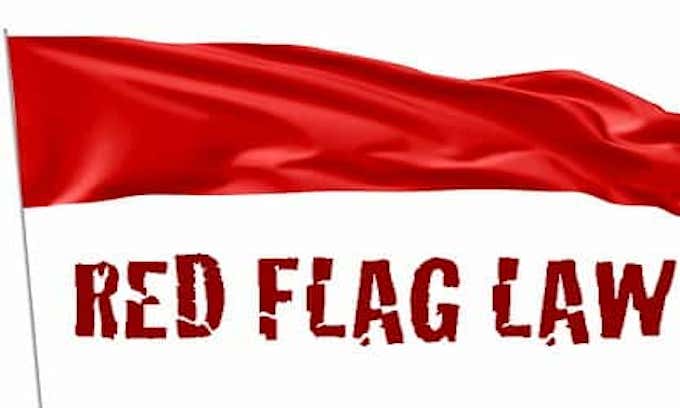


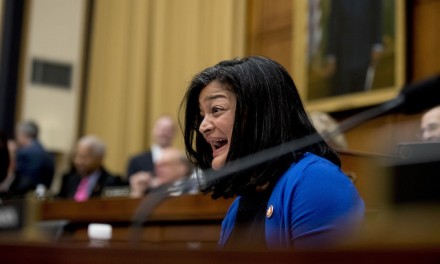
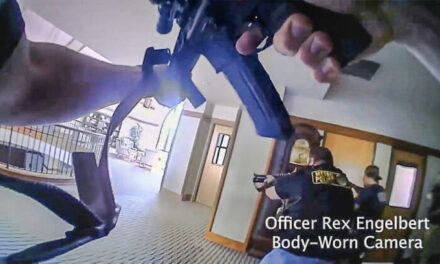






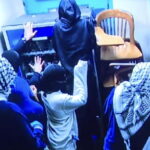

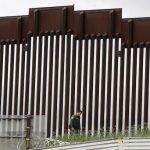


How many were taken from illegal aliens?
OR KNOWN Gang members?!
What this left wing “Murky Snooze” article fails to point out is that the APPS personnel knocking on doors do not have search powers. They can only enter a home if the resident grants them access. Restraining orders are common as house flies in divorce cases, so a great many innocent folk get caught up in the APPS dragnet. A Southern Circuit Court just ruled that gun rights cannot be taken away for a misdemeanor conviction, as it is a felony punishment for a misdemeanor conviction. Red Flag Laws are often initiated ex parte, with the accused not present or even informed of the action. Red Flag Laws are a draconian overreach of law enforcement and the judicial system.
Especially seeing how SO DAMN MANY divorce courts ARE WEIGHTED heavily against the guy, to where the whammen, can CLAIM ANY DAMN THING THEY WANT to get a restraining order, and even IF ITS EVER PROVEN TO HAVE BEEN A HOAX, not a damn thing ever happens to them.
No one will deny that gun violence has become problematic throughout our country. The major issues surrounding the ever increasing gun violence stems mainly from the reductions of adhering to the law and the soft on crime approach to serious felons as career criminals. The largest target is the vastly increasing numbers of career criminals, that most have been charged with multiple serious felonies. Try figuring out how to stop career criminals, who are repeatedly released from incarceration only to repeat crimes from obtaining guns illegally. Since they simply do not care about any laws, they will continue to find ways to obtain firearms any way possible. How would you propose to end this particular cycle of unmonitored felons that will continue to ignore gun laws and repeat crimes using illegal firearms? Tougher sentencing for repeat felons? Bring back the chain gang approach that was a very successful system to thwart repeat offenders. How about reopening Alcatraz or using Gitmo?
What about the mentally ill? There was a time in the 1980’s we had federally funded mental institutions in every state. Regan cut those funds in the 1980’s.